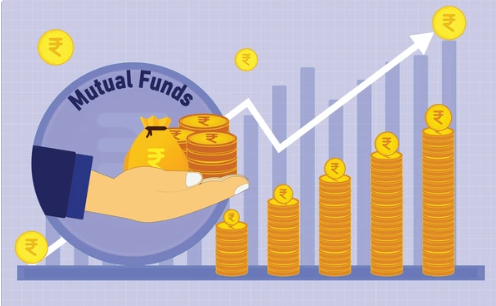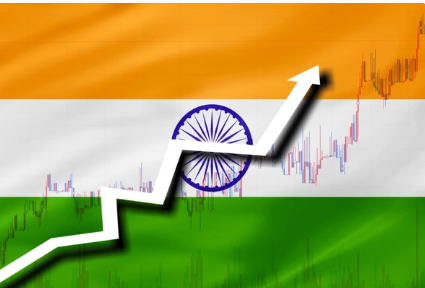Recent SEBI Regulations Impacting Mutual Funds in India 2024
In 2024, the Securities and Exchange Board of India (SEBI) introduced a series of regulations that have significantly impacted the mutual fund industry. These changes are designed to enhance transparency, ensure investor protection, and promote a more stable and investor-friendly market environment. Below, we discuss these key regulatory shifts and their potential implications in detail. Enhanced Liquidity Requirements One of the most crucial regulations introduced by SEBI pertains to debt mutual funds. SEBI has mandated that these funds maintain higher levels of liquidity to effectively manage redemption pressures. This change is a direct response to past liquidity crises where investors faced difficulties redeeming their investments in debt funds. Increased Transparency Transparency has been a cornerstone of SEBI’s regulatory approach in 2024. The new rules ensure that investors have better access to information, which is critical for making informed investment decisions. Cost Structure Reforms SEBI has also focused on making mutual fund investments more cost-effective. The new regulations aim to lower the expenses associated with mutual fund investments, benefiting investors, especially retail ones. Higher Standards for Distributors and Advisors The role of mutual fund distributors and advisors is critical in ensuring that investors receive quality advice and support. SEBI’s new regulations aim to elevate the standards for these professionals, enhancing the overall quality of service provided to investors. Impact on the Mutual Fund Industry These regulations collectively aim to strengthen the mutual fund industry, making it more robust and resilient. Here are some of the anticipated impacts: Conclusion SEBI’s regulatory changes for 2024 represent a comprehensive effort to improve the mutual fund industry in India. The enhanced liquidity requirements, increased transparency, cost structure reforms, and higher standards for distributors and advisors collectively aim to create a more secure and investor-friendly environment. These changes are expected to protect existing investors, attract new participants, and contribute to the overall growth and development of the Indian mutual fund industry. As these regulations take effect, investors can look forward to a more robust and transparent mutual fund market. By aligning the mutual fund industry with global best practices, SEBI’s initiatives ensure that the Indian market remains competitive, resilient, and poised for sustainable growth. Investors are encouraged to stay informed about these regulatory changes and consider how they can benefit from the improved safeguards and opportunities in the evolving mutual fund landscape. Frequently Asked Questions (FAQs) 1. What are the new SEBI regulations for mutual funds in 2024? Answer: The new SEBI regulations for 2024 include enhanced liquidity requirements for debt mutual funds, increased transparency through more frequent portfolio disclosures, the introduction of a risk-o-meter, stricter limits on expense ratios, and higher certification and compliance standards for distributors and advisors. 2. How do the new liquidity requirements affect debt mutual funds? Answer: Debt mutual funds are now required to maintain higher levels of liquidity. This means they must hold a larger portion of their assets in liquid instruments to manage redemption pressures effectively, ensuring that investors can redeem their investments without causing market disruption. 3. What is the purpose of the monthly portfolio disclosures? Answer: Monthly portfolio disclosures ensure that investors have access to up-to-date information about the holdings in their mutual funds. This increased transparency allows investors to make more informed decisions based on the most recent data. 4. What is a risk-o-meter, and how does it benefit investors? Answer: The risk-o-meter is a visual tool introduced by SEBI to represent the risk level of each mutual fund scheme. It helps investors understand the potential risks associated with their investments, promoting informed decision-making by clearly indicating the fund’s risk profile. 5. How have the expense ratios changed under the new SEBI regulations? Answer: SEBI has imposed stricter limits on the expense ratios that mutual fund houses can charge. Lower expense ratios mean that a larger portion of the returns generated by the funds goes back to the investors, making mutual fund investments more cost-effective. 6. What new standards are in place for mutual fund distributors and advisors? Answer: Distributors and advisors must now obtain higher levels of certification and adhere to more stringent compliance requirements. This ensures that they are well-equipped to provide quality investment advice and prioritize the interests of investors.
Recent SEBI Regulations Impacting Mutual Funds in India 2024 Read More »











